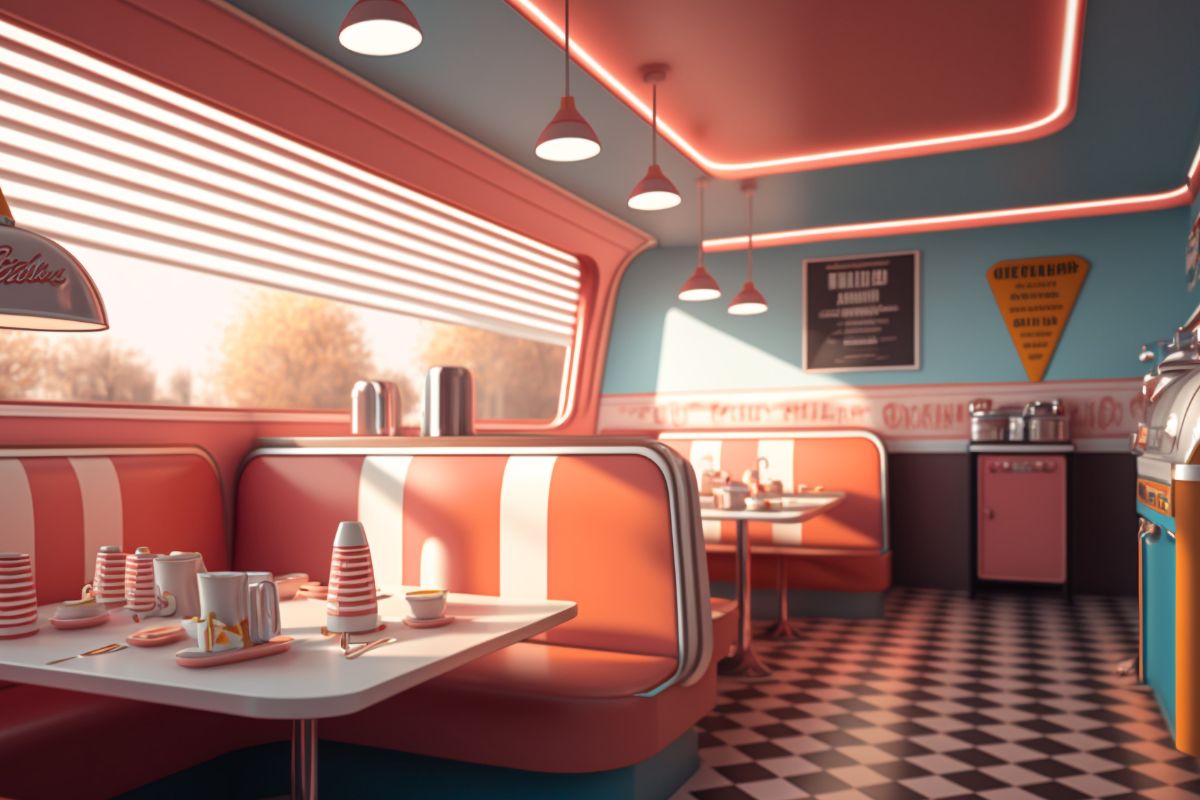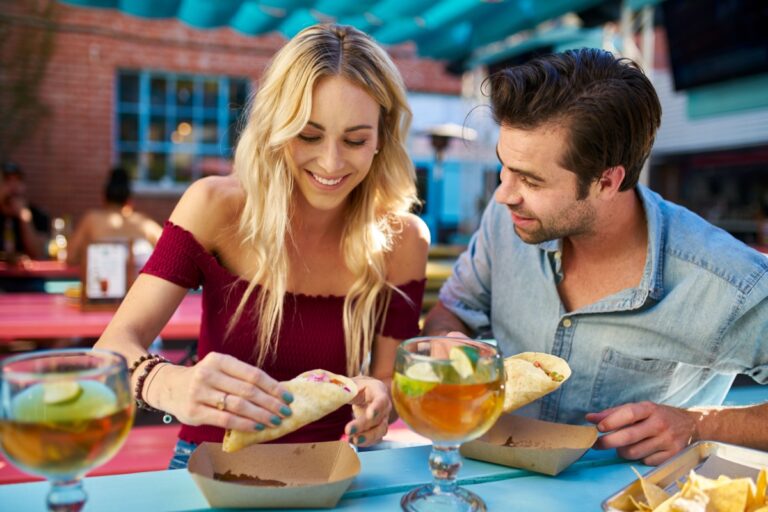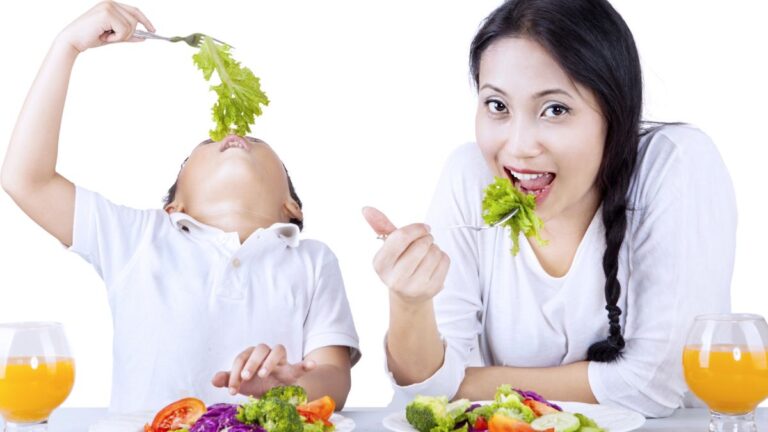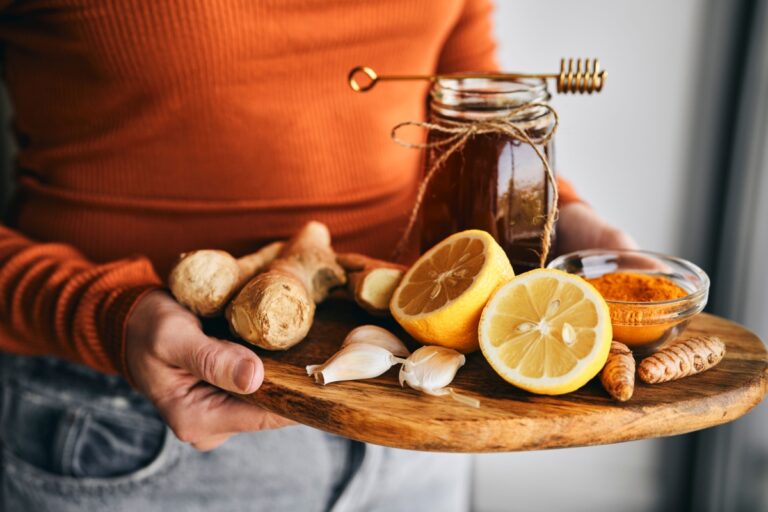15 Ways Dining Out Was Completely Different in the 1950s
Dining out in the 1950s was a unique experience, filled with traditions and practices that seem quite different from what we’re used to today. The post-war era brought a new sense of prosperity, and eating at a restaurant became a special treat for many families.
From the style of service to the types of food on the menu, almost every aspect of dining out has evolved over the decades. Let’s take a trip back in time to explore 15 ways dining out was completely different in the 1950s.
Formal Dress Code
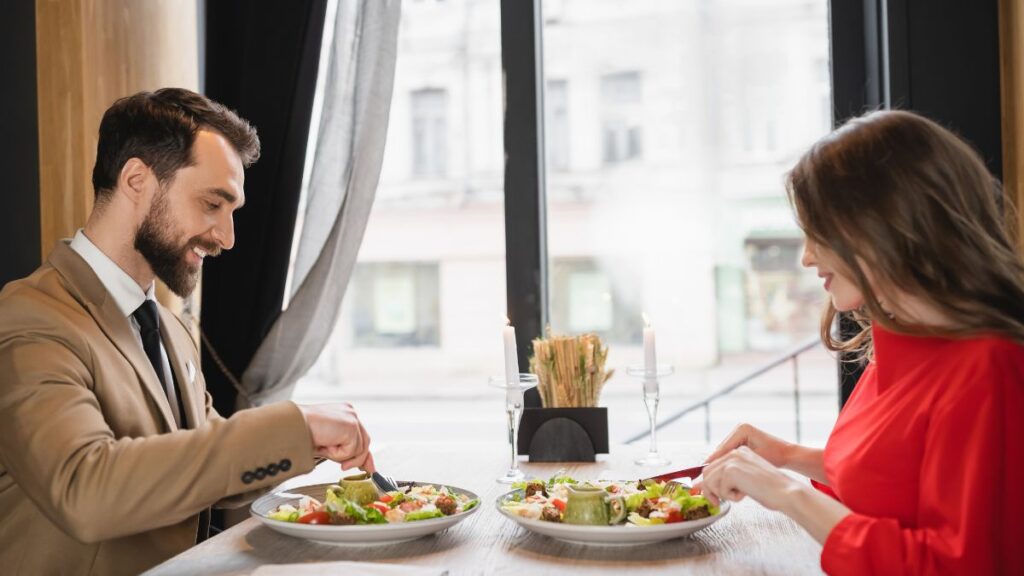
In the 1950s, dining out was considered a special occasion, and people dressed accordingly. Men typically wore suits or jackets with ties, while women donned dresses, gloves, and sometimes even hats.
Casual attire was rarely seen, even in more relaxed establishments. Dressing up was a sign of respect for the dining experience and the establishment. Today, many restaurants have a more casual dress code, with jeans and T-shirts being common, even in some upscale venues.
Limited Menu Choices

Menus in the 1950s were much simpler compared to the extensive options we have today. Most restaurants offered limited dishes, often focusing on classic American fare like steak, chicken, and seafood. Ethnic foods were not as widely available, and vegetarian or vegan options were virtually nonexistent.
The simplicity of the menu reflected the times when dining out was more about enjoying familiar, comforting meals rather than exploring new flavors. Today, menus are often extensive, catering to various tastes and dietary preferences.
Family-Style Dining
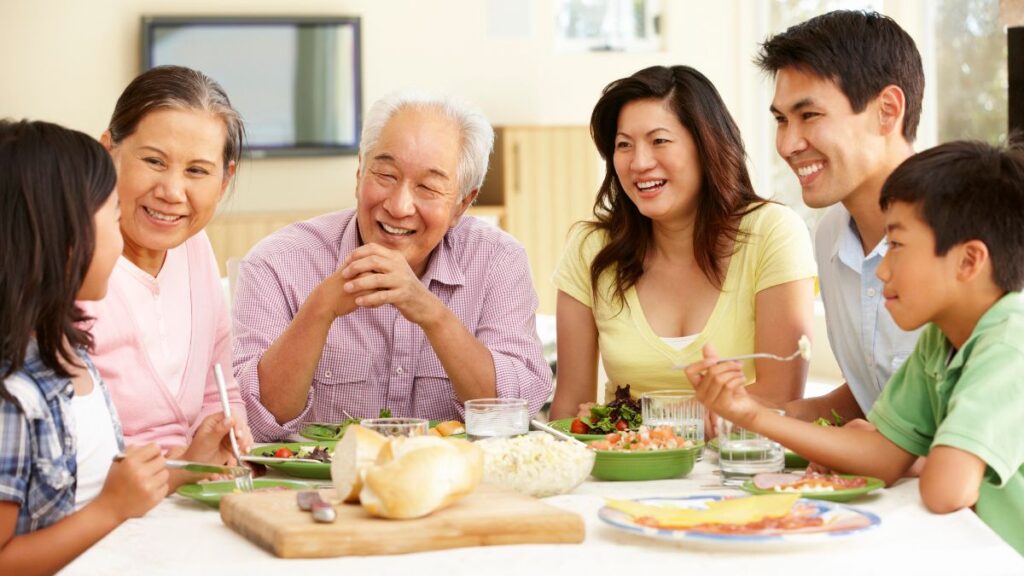
Family-style dining was a popular concept in the 1950s, where large portions of food were served on platters for everyone at the table to share. This style of dining emphasized togetherness and community, with everyone passing dishes around and serving themselves.
It was a way to make dining out feel more like a home-cooked meal. While some restaurants still offer family-style dining today, the trend has shifted toward individual portions and personalized meals.
No Fast Food Chains
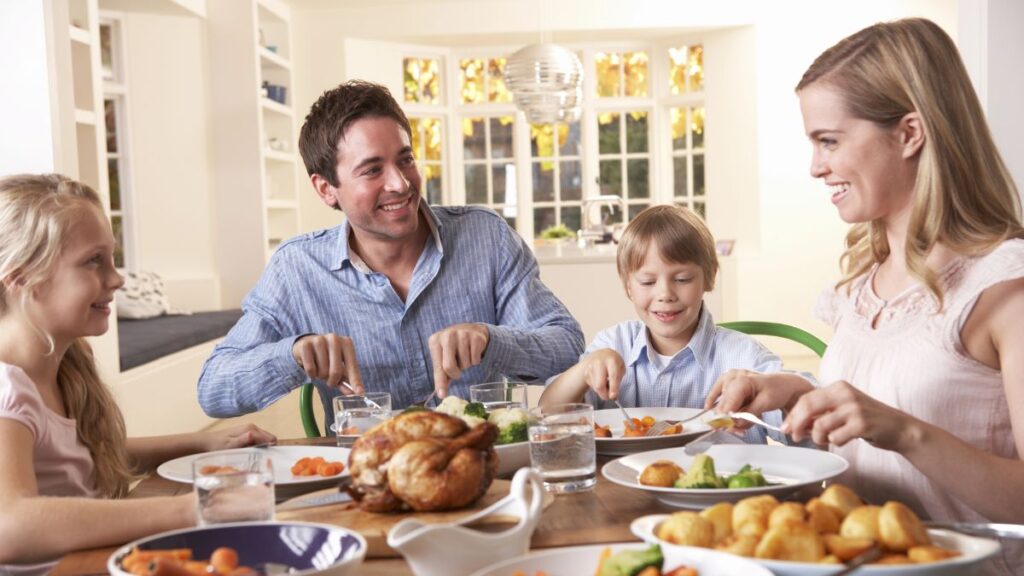
Fast food as we know it today was just beginning to emerge in the 1950s, with McDonald’s opening its first franchised restaurant in 1955. However, fast food chains were not yet widespread, and dining out typically meant going to a sit-down restaurant with table service.
The concept of grabbing a quick meal on the go was not yet a part of everyday life. Over the decades, fast food has become a dominant force in the dining landscape, offering convenience and speed that were unheard of in the 1950s.
Strict Dining Etiquette
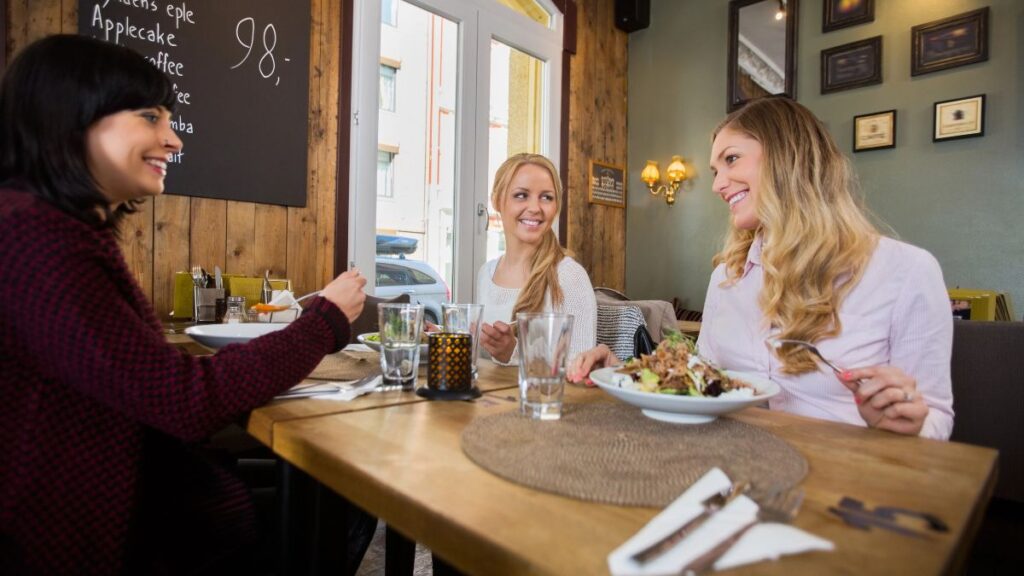
Dining etiquette was much more formal in the 1950s, with strict rules governing how to behave at the table. Elbows off the table, no talking with your mouth full, and waiting until everyone was served before starting to eat were just a few of the expectations.
Children were especially taught to mind their manners and behave properly in restaurants. While some of these rules are still observed today, dining etiquette has become more relaxed, especially in casual dining environments.
Early Dining Hours
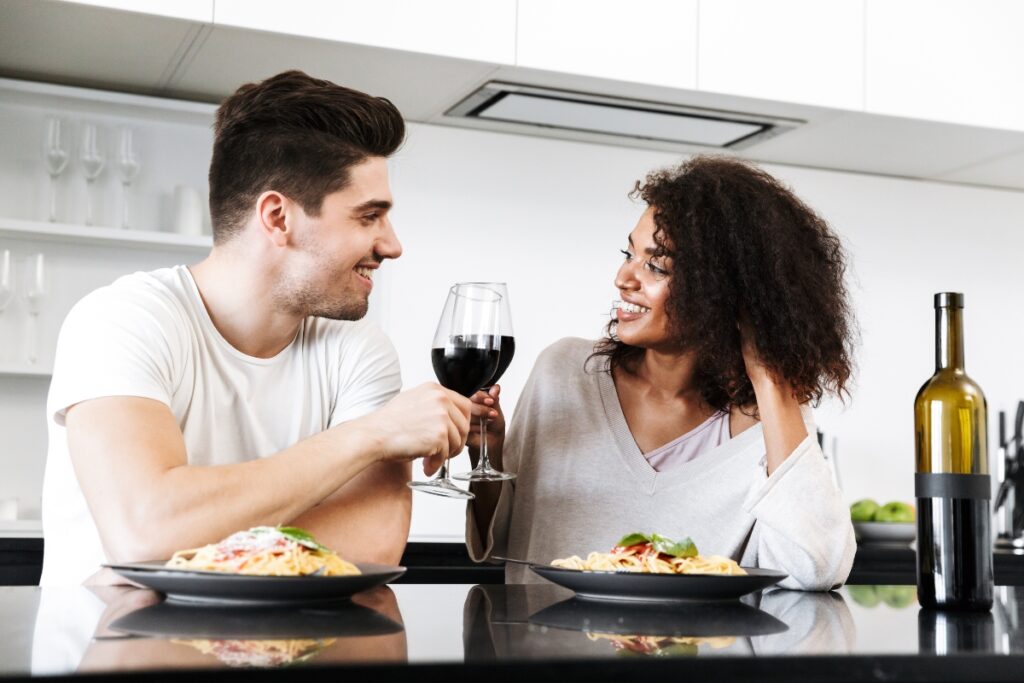
In the 1950s, dinner was typically served much earlier than it is today, with many families sitting down to eat around 5 or 6 PM. Restaurants followed this trend, with dinner service starting early in the evening and often wrapping up by 9 PM.
Late-night dining was not as common, and many restaurants closed their kitchens relatively early. Today, dining hours have shifted later, with many people eating dinner well after 7 PM, and restaurants often staying open much later into the night.
Cash Payments Only

Credit cards were not widely used in the 1950s, so paying for a meal at a restaurant usually meant handing over cash. Diners often carried enough money to cover the bill and a tip, and it was not uncommon for people to leave the exact change on the table.
The concept of paying with plastic was still in its infancy, with Diners Club introducing the first charge card in 1950. Today, cashless payments are the norm, with credit and debit cards, mobile payments, and even apps like Apple Pay making transactions easier and faster.
Fewer Dining Options

In the 1950s, the variety of restaurants was much more limited than it is today. Most towns had a few local diners, steakhouses, or family-owned restaurants, and chain restaurants were not as prevalent.
The idea of dining out for different types of cuisine, such as Thai, Indian, or sushi, was not common. The diversity of dining options we enjoy today, with a wide array of international cuisines and culinary fusions, was virtually unheard of in the 1950s.
No Reservations Needed
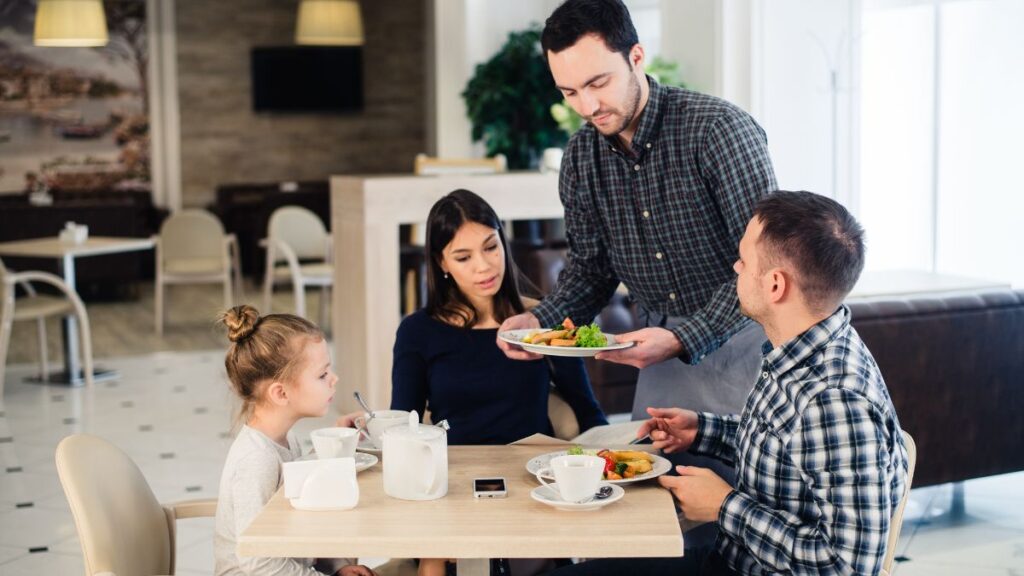
Making a reservation was not as common in the 1950s, especially at smaller, family-owned restaurants. Diners would often just show up and wait for a table if necessary. The process was usually informal, with a host or hostess greeting guests and seating them as tables became available.
Today, reservations are often expected at popular restaurants, and many people use online platforms like OpenTable to book a table in advance.
Table Service Was Standard

In the 1950s, table service was the norm, with a server taking your order and bringing your food to the table. The idea of self-service, where diners order at a counter and pick up their food themselves, was not yet widespread.
This personalized service added to the formal atmosphere of dining out. While table service is still common today, many restaurants, especially fast-casual and quick-service establishments, have moved to a self-service model to speed up the dining process.
Limited Beverage Choices

Beverage options in the 1950s were much more limited than what we have today. Soft drinks, coffee, tea, and milk were the most common choices, with alcohol usually limited to beer, wine, and a few basic cocktails.
Exotic or specialty drinks, like craft cocktails, smoothies, or iced coffee, were not yet part of the dining scene. Today, diners can choose from a vast array of beverages, including craft sodas, specialty coffees, and a wide range of alcoholic options.
Smoking Allowed

Smoking was a common practice in the 1950s, and it was allowed almost everywhere, including in restaurants. It was not unusual to see people lighting up a cigarette before or after their meal, and some restaurants even provided ashtrays on the table.
Smoking sections, which later became a common compromise, did not exist. Today, smoking in restaurants is banned in most places, reflecting a significant change in public health awareness and dining culture.
Simple Desserts

Dessert options in the 1950s were typically simple and classic, with choices like apple pie, ice cream, or a slice of cake. Elaborate or decadent desserts were less common, and the idea of a dessert menu with multiple choices was not yet widespread.
Most desserts were homemade or inspired by traditional recipes, reflecting the comfort food ethos of the time. Today, dessert menus can be extensive, offering a wide range of creative and indulgent options that cater to all tastes.
Local Ingredients

In the 1950s, many restaurants relied on locally sourced ingredients, simply because large-scale food distribution was not as advanced as it is today. This meant that menus often reflected the seasonality and availability of local produce and meats.
While today’s farm-to-table movement might seem modern, it actually reflects the way many restaurants operated in the 1950s. However, with the advent of global supply chains, restaurants today can offer a wider variety of ingredients year-round.
Drive-In Restaurants
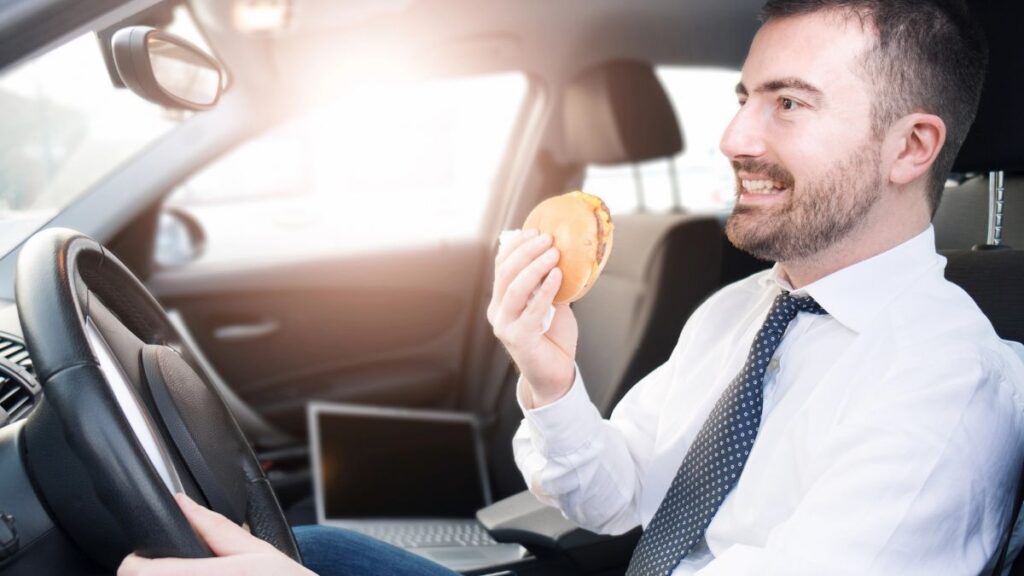
Drive-in restaurants were a popular dining option in the 1950s, offering a convenient way to enjoy a meal without leaving your car. Carhops would bring food directly to your vehicle, and diners could eat in the comfort of their own cars, often while listening to music or chatting with friends.
This was a social experience that reflected the car culture of the time. While drive-ins still exist today, they are far less common, with the rise of drive-thru windows and fast-food restaurants catering to the on-the-go diner.
15 Foods Only The Wealthy and Elite Can Eat Now
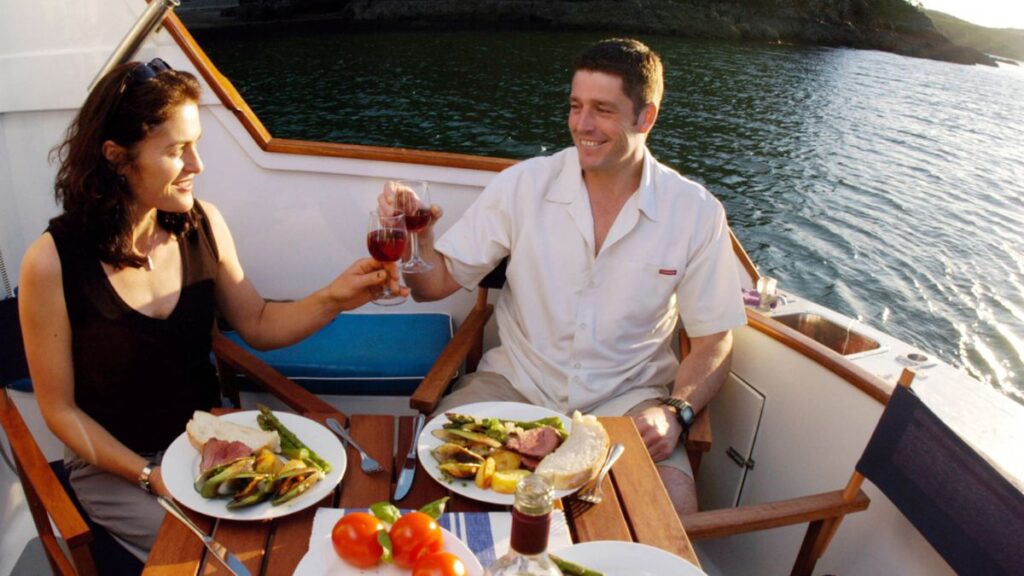
Culinary trends are constantly evolving, and some foods have become more than just sustenance—they’ve become status symbols reserved for the elite.
15 Foods Only The Wealthy and Elite Can Eat Now
15 Practical Ways to Save Money During Retirement

Entering retirement doesn’t have to mean giving up a comfortable lifestyle. With strategic planning and simple adjustments, it’s possible to make the most of your retirement income and enjoy a financially secure life.

